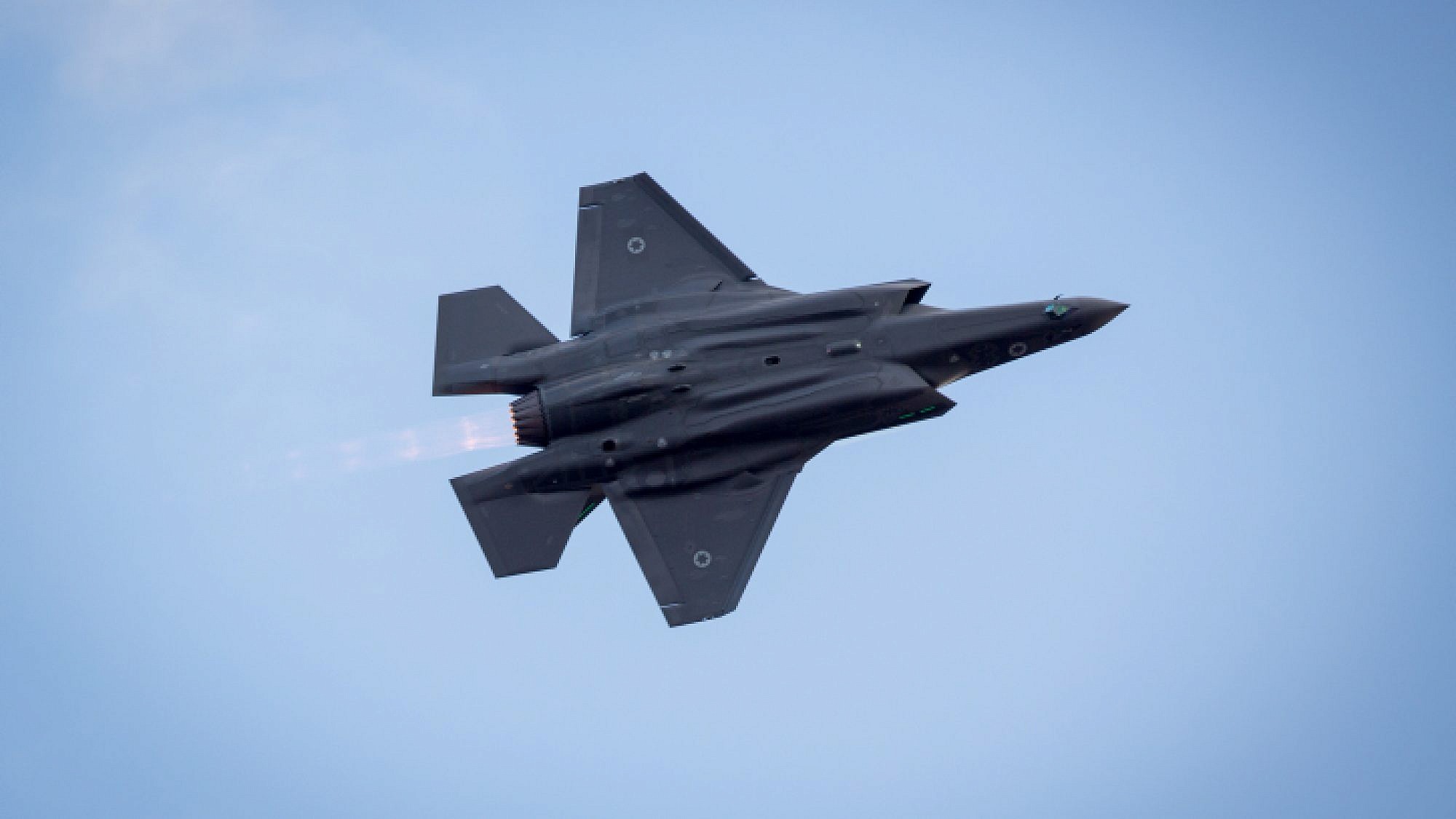A day after Israeli, Syrian, and Iranian forces were involved in a major military confrontation—that left an Israeli F-16 shot down, along with an Iranian drone, and multiple Syrian air defenses destroyed—the dust has begun to settle and the bigger picture is emerging.
The escalation is the latest in an epic struggle building between Iran, which is trying to turn Syria into a forward Iranian military base, and Israel, which is determined to prevent this from happening at all costs. Iran is now trying to set new ‘rules of the game,’ and limit Israeli defensive operations in Syria.
For years, according to international media reports, the Israeli Air Force (IAF) has conducted a massive number of low-profile military operations, targeting Iranian installations in Syria, as well as Iran’s smuggling of missiles to Hezbollah in Lebanon, via Syria. Israel’s campaign has generally taken place away from the media spotlight. Israeli defense planners call this campaign the ‘War Between Wars.’
An alliance of state and non-state actors
To make sense of this picture, it is important to recognize that Israel is not fighting against traditional enemy states, but rather, against a regional axis comprised of state and non-state actors.
The head of this axis is the Islamic Republic of Iran. The members of Iran’s coalition include the Syrian regime of President Bashar Assad, Lebanese Hezbollah, and other Shi’ite militias, deployed across the Middle East, including in Iraq and Yemen.
This radical coalition controls most of Syria today, largely thanks to an alliance with Russia, which acts as the air force of the Iranian axis.
Russia has its own interests in intervening in Syria, and has tried to douse the flames of war between the Iranian axis and Israel, since a wider war could undo Russia’s efforts to keep Assad in power. But Russia’s influence has proven to be limited, while Iran is determined to spread its hegemony.
Iran has invested heavily in helping the Assad regime defeat Sunni rebels, in what is currently the world’s bloodiest conflict. With more than half a million casualties in Syria, the Shi’ite axis has emerged victorious over the Sunnis. Tehran now seeks the next phase of its strategy: turning Syria into an Iranian province.
Israel’s red lines
It seems likely that Iran seeks to send military divisions and brigades into Syria, establish air and naval bases, and flood Syria with more armed proxies and weapons. In this scenario, Iran’s goal would be to create a large armed force under its full command, which it can use to threaten Israel.
Israel has no intention of letting this happen. The Jewish State has drawn clear red lines, and enforced them with military actions. These red lines ban the entrance of Iranian military forces and weapons into Syria. The red lines also place a ban on the production and transfer of weapons to Hezbollah in Lebanon.
Brig.-Gen. Amnon Ein Dar, the head of the Training and Doctrine Division in the IAF, provided a clue about the extent of this struggle, when he told Ynet on Sunday that Israel has conducted “thousands of operations” in Syria in the past year alone.
Enforcing these red lines requires advanced military capabilities, and coordination across the Israeli defense establishment, with the air force, navy, and intelligence units all working in concert.
Iran’s victory in Syria
Now, with the Iranian-led axis approaching a victory against Sunni rebels in the Syrian war, Iranians are losing patience with Israel’s campaign to stop their takeover of Syria. Iranian officials have recently warned that Israel will no longer be able to operate freely over Syrian airspace. Israel has shrugged these statements off.
Last week, according to media reports, Israel struck a major weapons production center near Damascus, likely used by Hezbollah and Iran. By sending the drone into Israeli airspace, the Iranians decided that the time had come to respond. Iran wanted to get its drone deep into Israeli airspace to prove that it can extract a price for IAF operations.
Hezbollah on standby
Until now, Hezbollah, deployed across Lebanon and Syria, has stayed out of this fight. But if Iran decides to again challenge Israel directly, it could order Hezbollah, armed with 130,000 projectiles, to join the action. Such an escalation could snowball into a dangerous regional conflict.
This is a scenario that no side seems interested in at the moment. While Iran wants to threaten Israel from Syria and Lebanon, the Islamic Republic also wishes to buy enough time—likely eight to ten years—to try and develop nuclear weapons. Iran therefore has an interest in warding off a full-blown conflict that would threaten Iran’s Syrian and Lebanese projects before it can break out to a nuclear bomb.
The Israeli Air Force has been working on an ability to strike several thousand targets in just 24 hours. If the situation escalates, Israel can use this level of unprecedented firepower to place the Assad regime in existential danger—the very regime that the Iranians have worked so hard to save. This same level of firepower, guided by high-level intelligence, can similarly be directed against the rest of the Iranian axis.
Who won the battle?
Iran’s drone was shot down within 90 seconds over Israeli airspace, likely disappointing the Iranians, who wanted to send it deep into Israel. And while Syria downed an Israeli F-16, the IDF is investigating to determine what appears to be an unusual sequence of events that led to the jet becoming vulnerable to enemy fire.
Israel had the final word on Saturday, because it inflicted a heavy price on the Iranian axis. The operators of the Iranian drone were likely killed in their caravan, though this cannot be confirmed. Up to half of Syria’s air defenses and four Iranian military sites were destroyed. The number of casualties suffered by Syria or Iranian Quds forces remains unknown. While celebrating the downing of the Israeli F16 as a major military accomplishment, Iran and Syria are attempting to downplay the scope of damage that they sustained.
The destruction of significant Syrian air defense systems is a painful blow, and a message regarding what might come next in the event of another escalation.
The Israeli strikes hinted at an ability to do far more significant damage, should Iran decide to escalate further. Iran has no assurances that its own territory would remain immune to Israeli firepower in the event of a future conflict. The stakes of this struggle remain very high. Iran will have to decide if it will again try to challenge Israel’s freedom to operate over Syrian airspace.
The situation remains explosive. Israel does not seek war, but the signals coming out of Jerusalem indicate that it has no intention of backing down from its red lines.
Related link: Yaakov Lappin’s research paper, published by the Begin-Sadat Center for Strategic Studies, on the low-profile war between Hezbollah and Israel https://besacenter.org/mideast-security-and-policy-studies/israel-hezbollah-war/


























